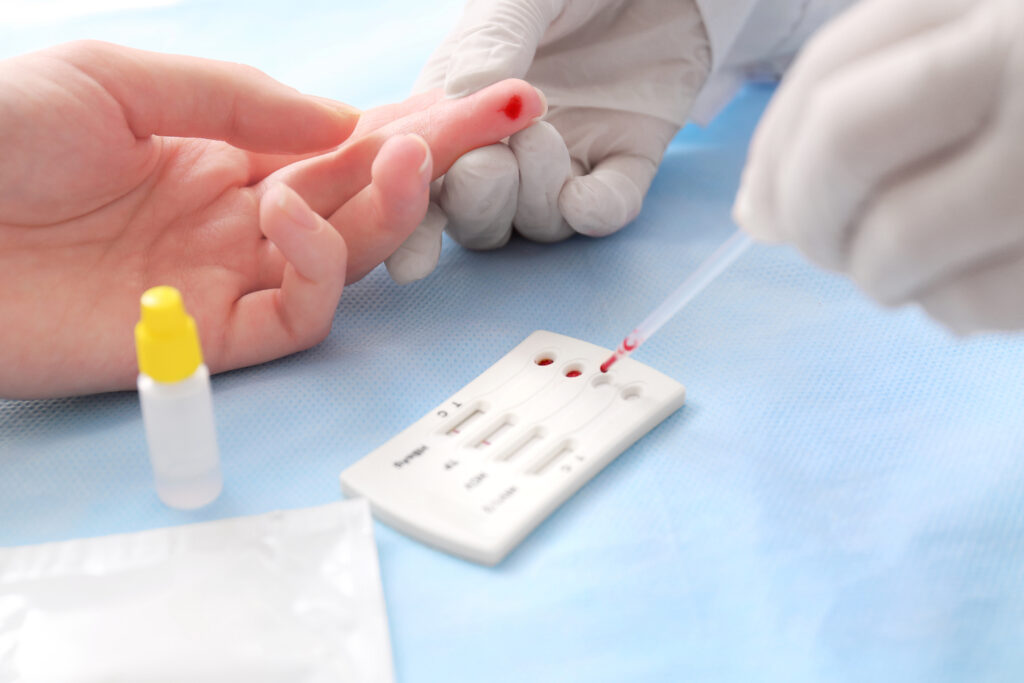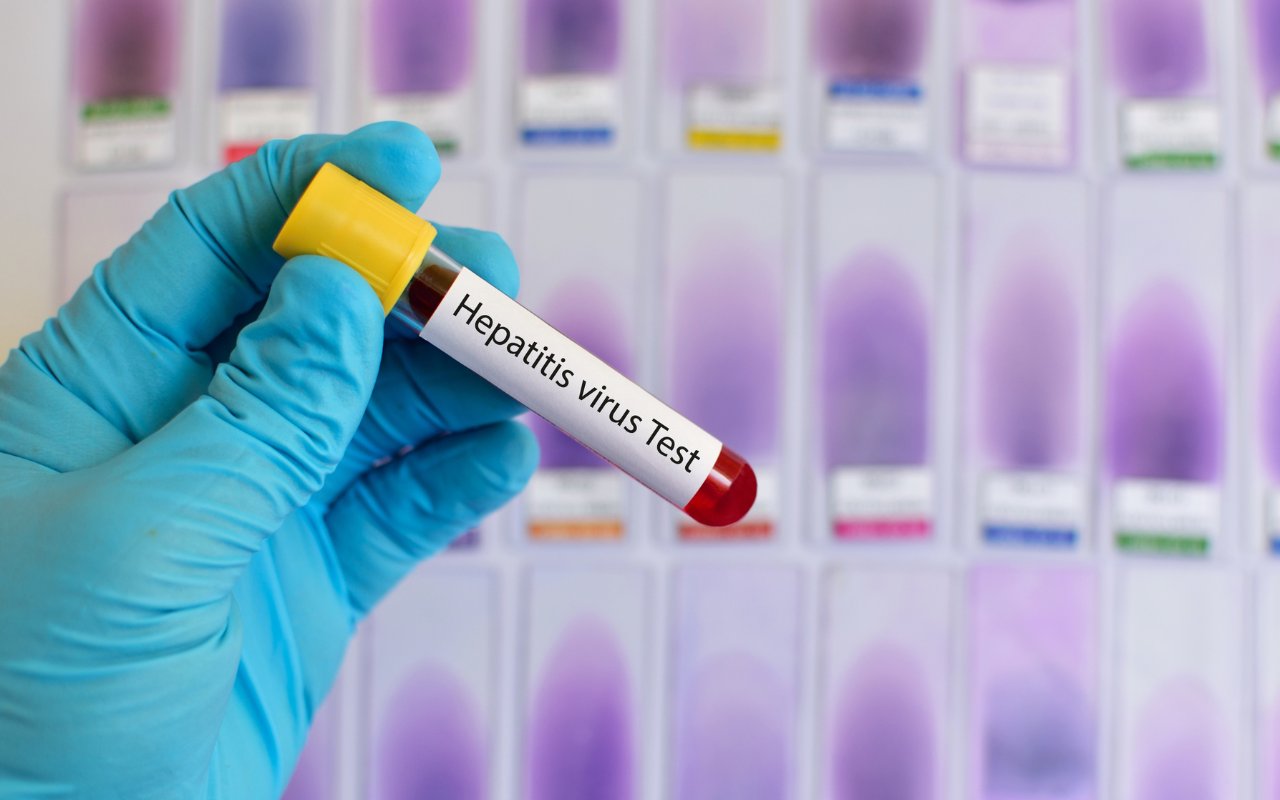Australia is at a unique moment in history with the tools, infrastructure and roadmap to eliminate Hepatitis B and C by 2030, but unless we alter our approach to diagnosis and treatment, experts say Australia will not make that target.
One in 75 people in Australia are living with hepatitis B or C and many people do not know they have it (here).
Both conditions are characterised by years of asymptomatic infection and can lead to long term liver damage and liver cancer, which is the fastest growing cause of cancer death in Australia (here).
With World Hepatitis Day being marked on Friday 28 July, CEO of Hepatitis Australia Ms Carrie Fowlie said her organisation is focusing on raising awareness and getting treatments to the people who need it most.
“[These conditions] disproportionately affect some of the most marginalised people in the community, including people experiencing poverty; people from culturally, linguistically and ethnically diverse backgrounds; Aboriginal and Torres Strait Islander people; people who use drugs; and people who are incarcerated,” she told InSight+.
“As a result, people affected by viral hepatitis often experience major barriers to accessing care and need additional support to get tested and remain engaged with care,” she continued.

Hepatitis B in Australia
According to the Director of the World Health Organization Collaborating Centre for Viral Hepatitis, Professor Benjamin Cowie, there is one way for general practitioners to improve diagnosis and outcomes, particularly for hepatitis B.
“Everybody who was born before the 2000s, if you don’t know they have their status, offer a [hepatitis] B test,” he told InSight+.
“We still have 50 000 Australians with undiagnosed hepatitis B, and it is an unacceptably high number of people.”
In Australia, a universal vaccine for infants began in the year 2000 combined with an adolescent catch-up program.
“That certainly has seen a substantial reduction in the number of new or acute hepatitis B infections that we see, particularly amongst young adults who have been eligible for those vaccine programs,” Professor Cowie explained.
However, it is people who do not have access to those programs who are most at risk, particularly those born overseas.
“The majority of those people were born overseas in endemic areas [and] acquired hepatitis B at the time of birth or in early childhood,” he said.
There are a whole array of testing policies and clinical guidelines (here and here) that can point clinicians to think about testing for hepatitis B, including country of birth, people with abnormal liver function tests with no other explanation, and people with evidence of liver disease.
However, Professor Cowie explained that the strong feedback from GPs is that there are barriers to starting those conversations.
“Also, trying to be across these different myriads of indications and considerations is a real barrier to testing,” he explained.
Which is why he’s hoping there will be a change of strategy and is advocating that any adult born before 2000 be tested for hepatitis B at least once.
“The amazing thing about doing that is you can diagnose people and get them to care and prevent cancer. But you can also vaccinate people or you can just record that they’ve got immunity,” he explained.
Hepatitis C in Australia
Australia is viewed as a world leader in the hepatitis C response.
“Not just in terms of the clinical care, but in things like a harm reduction approach and working with affected community and having peer-led models,” Professor Cowie explained.
Hepatitis C can be cured with direct-acting antivirals (DAAs) with a 95% cure rate, and most people experience few to no side effects.
Despite this, around a third of people in Australia living with Hepatitis C are not cured of it yet.
“When it involves 12 weeks of oral tablets, with a 95% cure rate, that’s a disaster. We really need to get everyone,” Professor Cowie said.
He said there are a proportion of people who may have been diagnosed years ago when treatments were more toxic and less accessible.
“An approach that’s founded in trying to reconnect people with care and ensuring that they have access to treatment is really important,” he said.
The next steps to eliminating hepatitis
GPs play a crucial role in eliminating hepatitis.
“If we are to eliminate hepatitis C, it’s going to be GPs to do it in partnership with affected communities,” Professor Cowie said.
“For hepatitis B, we have nowhere near the available clinics to be able to scale up to the degree that we need to manage everyone with hepatitis B in this country.
“Similar to hepatitis C, it needs to become part of the bread and butter of primary care to screen and to monitor, and ultimately to treat people living with hepatitis B. They’re perfectly placed because they’re close to their communities,” he explained.
There is support available, including the National Hepatitis Infoline (1800 437 222), which provides confidential, free and localised viral hepatitis information and support services to anyone, anywhere in Australia.
However, GPs cannot do it alone. Government investment is needed to scale up the response so that they can achieve the 2030 goal of elimination.
“We need the Fourth National Hepatitis B Strategy 2023–2030 and the Sixth National Hepatitis C Strategy 2023–2030 to be finalised and published by the end of 2023, and allocate funding to implement the national strategies from 2024,” Ms Fowlie explained.
“It’s a rare and exciting opportunity to eliminate a chronic disease. Viral hepatitis elimination is achievable, life-saving, and cost-effective,” she concluded.
Subscribe to the free InSight+ weekly newsletter here. It is available to all readers, not just registered medical practitioners.

 more_vert
more_vert